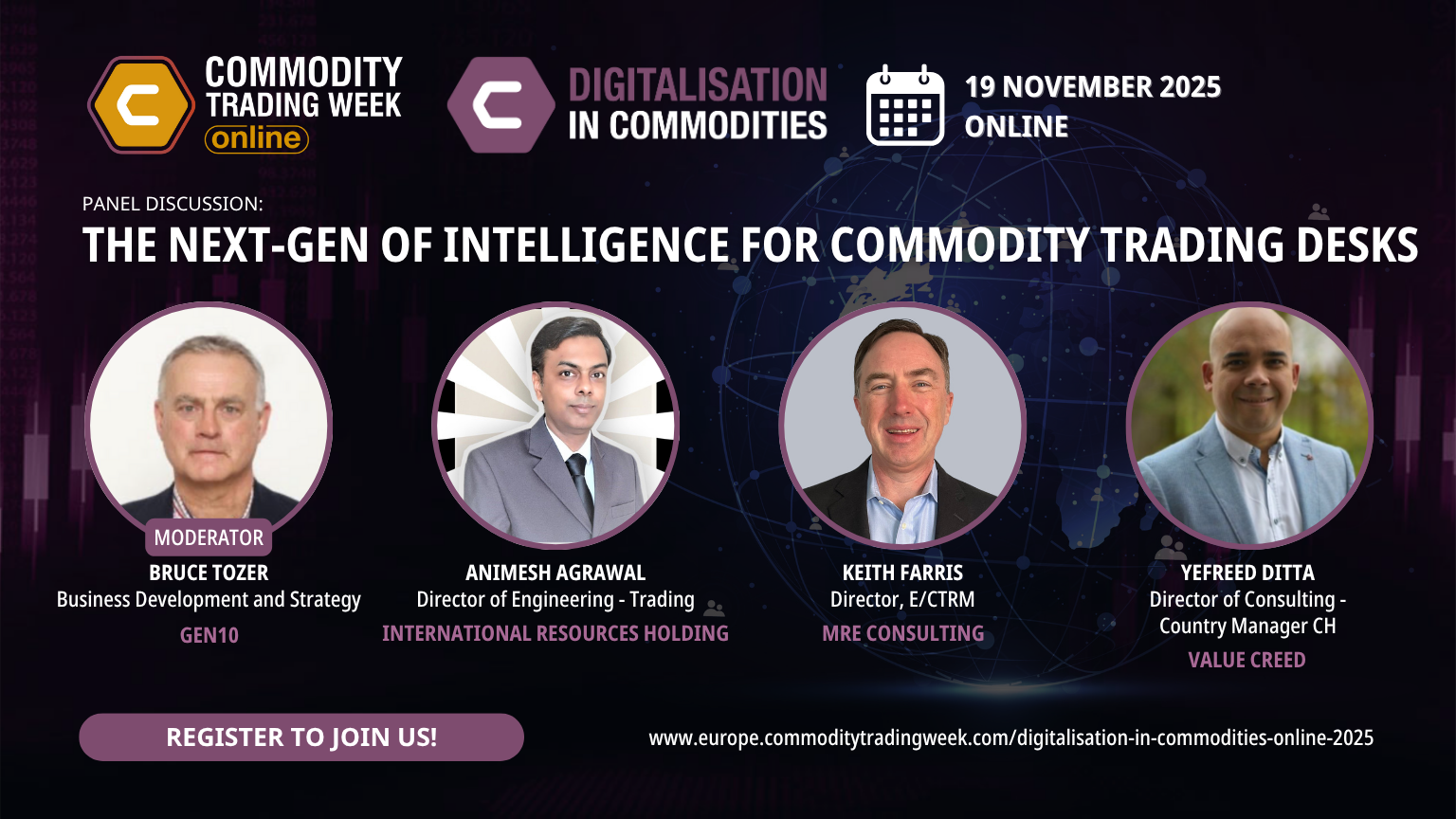
Metal concentrates & ores pricing has always been extremely complex, and it is this ability for traders to use complex pricing that drives many of the opportunities for profitability in the space. However, it can also present many challenges for concentrates traders who need to capture, price, and hedge many variables for every contract and shipment in a CTRM or CM solution – many lack the flexibility needed, resulting in workarounds and off-system workings.
This is why it is essential for a metals CTRM to have a comprehensive, flexible and customisable pricing engine that can manage whatever complexity and optionality your traders throw at it. Today, we are exploring the many ways Gen10’s Pricing Engine supports metals and concentrates traders:
- Premiums and penalties
- Shipment details
- Exchanges and composite curves
- FX and interest
- Live MtM and P&L
- Provisional and final invoicing
Premiums and penalties
Premiums and discounts or penalties form the basis of much of the pricing complexity in concentrates, changing the lot valuation based on the quantities of various payable metals and impurities. As these pricing variables are based on assay quality data, they may change several times during transportation. Our Pricing Engine therefore comes into play multiple times across the supply chain for a physical shipment, recalculating all pricing automatically as assay quality data updates, whenever it updates.
And we understand that pricing assays is not as straightforward as incorporating a flat fee or percentage for each assay, so the Pricing Engine also includes the ability to handle treatment and processing charges, as well as tiered pricing. Meaning that if an inspection tips the concentration of an element into the next tier, this will be included in the recalculation, without the need to manually recalculate or adjust the pricing formula based on the new tier.
Shipment details
When pricing physical commodities, one of the common variables is in the shipment details, such as incoterms. As these can change, and various shipments within a contract can have different incoterms, again we allow for complete optionality in pricing. Using Gen10’s CommOS to manage the logistics alongside the contract and pricing, simply set the pricing you would like to use for different incoterms, delivery locations, and other shipment details, and the valuations and invoices will update once the real-world logistics are confirmed.
Exchanges and Composite Curves
Pricing against multiple exchanges is a vital way for metals traders to realise the best price for their products. Gen10’s Pricing Engine therefore allows you to write your own pricing formulae and create a derived curve based on several forward curves. And you can save your composite curves to be applied elsewhere. You can select the percentage of the final curve each exchange contributes, and are not limited to a single currency, with the ability to price on exchanges operating in different currencies as part of the same curve.
FX and interest
The pricing complexities that apply to exchanges can also be applied to FX models, allowing you to determine when the FX rate is fixed or averaged. And different FX rates can be applied to different premiums if required. Interest calculations follow the same model, with all the optionality that’s possible in other areas of the pricing formulae, giving you the option to average or fix interest rates, and automatically calculate it within CommOS to populate your valuations, documents and reports.
Live MtM and P&L
As mentioned above, valuations are updated whenever new information is received in CommOS, which means that when we say “live MtM”, we really do mean live. As soon as a contract is saved, the price breakdown and MtM is created, and this updates as the real-world situation changes, such as when an inspection changes assay weights, or when delivery information is added.
This means that traders have all the information they need to make informed decisions, and can perform instant what-if analysis by changing contract details and automatically recalculating prices. It also means that P&L reports are automatically generated within CommOS, so risk managers also have the full picture that they need, traders do not spend time compiling end-of-day reports or copying information into reports, and both time spent on administration and errors are reduced.
Provisional and final invoicing
One final benefit of using CommOS to calculate pricing as the live situation updates is that the system can also generate invoices with a click. And the system is flexible here too, with the ability to create and edit invoice templates, as well as to issue provisional and final invoices, whether that is to accept a partial pre-payment or to issue an invoice before the shipment is received and adjust the final details later.
Conclusion
The ability to manage pricing complexity is a necessity for concentrates traders, and having the software to do so effectively creates a real competitive advantage. The Pricing Engine in Gen10’s CommOS is a core part of how we support traders in managing their trading and risk, allowing them to manage all pricing and invoicing in the same system as their trading and operations. The Pricing Engine empowers metals and concentrates traders by speeding up processes, reducing errors, and giving them a better view of their data than ever before.
Want to find out more about the Pricing Engine? Book a demo now


